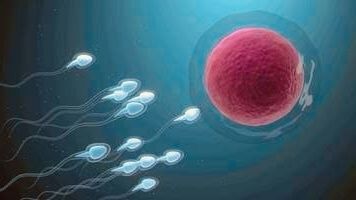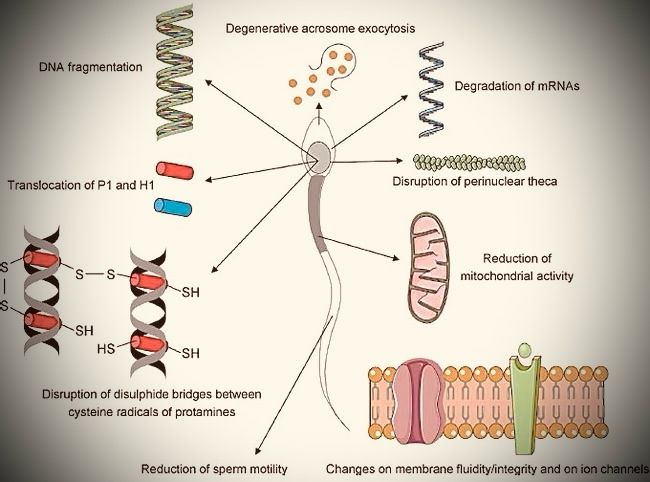According to these extensive Danish data, if your total motile sperm count is <5 × 106/ml you can expect to live for 77.6 years, whereas if you are lucky enough to possess a count of >120 × 106/ml, your life expectancy will increase to 80.3 years. This is encouraging for those so endowed, although they will still be dying 3 years before their female partner. A characteristic feature of our species that, depending on your perspective, might be considered one of the great inequalities of creation or an indication of the Creator’s capacity for intelligent design, is that women live longer than men. This gender difference in mortality is present throughout the life course and, in 2021, amounted to an average 5-year discrepancy in global life expectancy that was observed, to varying degrees, in every nation on the planet (Dattani and Rodés-Guirao, 2023). Such observations raise important questions about the major determinants of life expectancy and just how they are impacted by gender and reproductive fitness. A complex array of factors is thought to be involved in determining longevity in our species, including genetic or epigenetic mutations, endocrine milieu, vulnerability to disease, environmental pollution, lifestyle choices, diet, risky behaviours, occupational hazards, the availability of social support networks, the periodic outbreak of war, and the sweep of global pandemics—all of which impact men and women differently.
The general notion that reproductive fitness reflects the overall health trajectory of a given individual has been advanced before (Choy and Eisenberg, 2018; Burke et al., 2022), and not just for men. In women, pregnancy-related complications such as preeclampsia, gestational hypertension, and gestational diabetes are thought to predict an individual’s subsequent risk of cardiovascular disease and renal failure, while lactation is associated with long-term protection against cancer and type II diabetes (Victora et al., 2016; Tobias et al., 2017; Turbeville and Sasser, 2020). In men, it appears to be their semen profile that is providing the most significant information concerning their future health and wellbeing (Priskorn et al., 2025). This differs from previous large-scale population-based studies which have indicated an inconsistent relationship between male infertility and subsequent health (Lundberg et al., 2019; Del Giudice et al., 2020). Thus, the semen profile seems to be providing critical quantitative information on male health that is beyond the reach of a generalized infertility diagnosis, which is clearly compromised by its binary nature and inherent imprecision.

So, if spermatozoa really are the canaries in the coal mine of male health, the obvious question to ask is, why? What possible factors could link the ultimate life expectancy of males with the quality of their semen profile in early adulthood. Are the causative factors unique to men or reflective of some fundamental pathological process that is driving fertility and mortality in both males and females, but at different rates? This commentary sets out to explore this question.
https://link.springer.com/content/pdf/10.1007/s10815-024-03030-y.pdf
Hey! If you found this post interesting or useful, you can help us get even better by subscribing to our newsletter. Just write your email and you’ll have the latest fertility news.
Thank you once more for your help.



